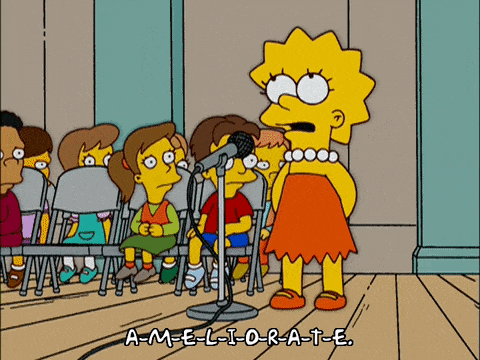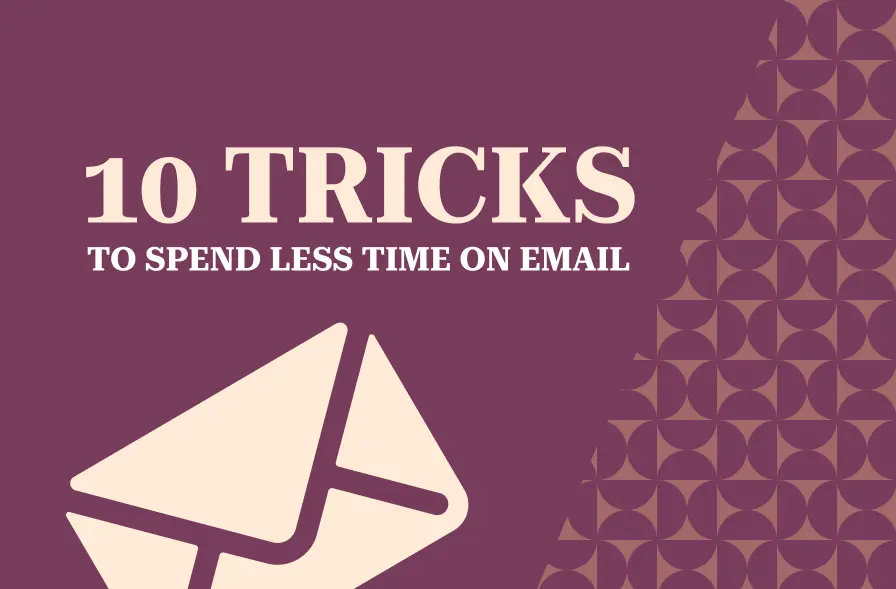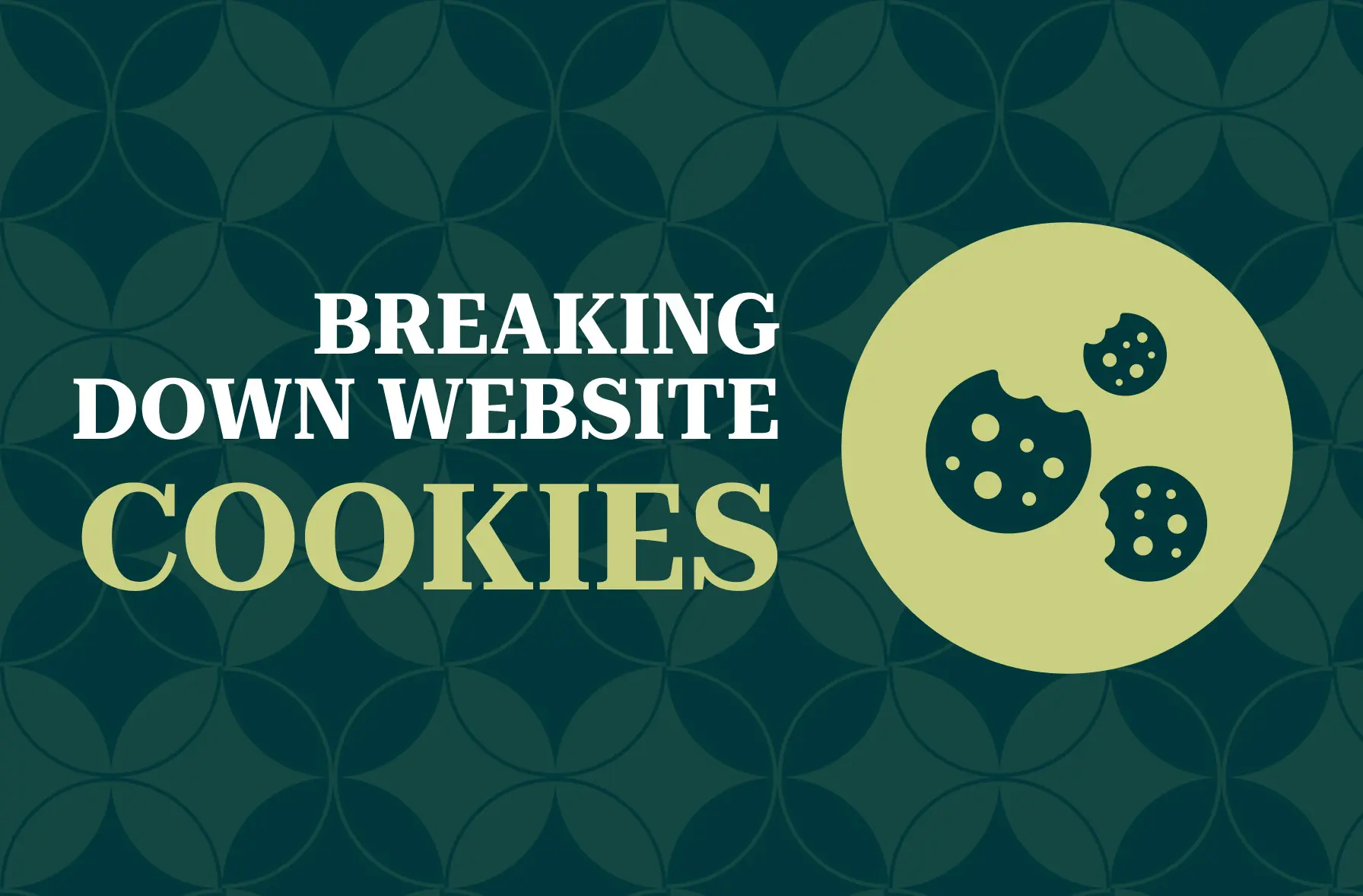Transform how you write emails to have happier, more responsive clients. Sick of clients not getting back to you in a timely fashion? Worried that you do not sound professional? Are your email recipients constantly “not getting” what you are trying to explain? These tips will fix it.
I. Look Professional
II.Get Clients to Respond to Your Email
III. Get Your Point Across
IV. Quick Email Writing Checklist
I. Look Professional (or Fake it ‘Til You Make It)
- TYPOS & SPELING MISTKES R UNACEPTABLE. DONT DOO IT — See how it appears to be a moron typing? That’s why.Yes, young millennials. I am looking… straight… at… YOU.
- Do not start correspondence to clients with “Hey” — We are professionals, we do not address clients like our weekend party buddies.Even if this client IS ALSO your weekend party buddy, they still deserve professionalism in the office. Remember, your email may get forwarded to his or her boss or colleague. Every communication is an opportunity to prove your capability to email with not only this contact, but also someone he or she may refer you to, others in their company or their supervisor.
- Do not start sentences with “so” or “but” or “and”
- Keep it casual! Have fun with clients — Yes, I know I just said to keep it professional. “Professional” is not defined as “humorless.” There is a difference between intentional shorthand and grammar errors.*Where there’s a rule, there’s likely an exception. With some clients, we have to be a bit more formal to cater to their language preferences. Those are too dynamic to keep a list on hand. You will get to know them over time. That is why experienced employees are so valuable.Balance fun with grammar and spelling. Casual language, when used, needs to clearly be on purpose. Permission to be casual does NOT mean sloppy. Proper grammar and spelling communicates intelligence. Please communicate intelligence :-).
- “hey [client],” is not a respectful greeting.
- Sentences do not start with “So”.
- Minimize the use of “you,” most importantly when giving direction to clients or negotiating through an issue. It can sound accusatory.
- Big words are overrated — Don’t use them to sound fancy where shorter ones will do the trick. Think utilize vs. use — same darn word.“We have a cohesive understanding of your strategy. For the next step, we would like to arrange a collaboration meeting with your marketing consultant to ensure we integrate workflows and maximize the value we provide.”vs
“Great, we understand the plan. Let’s meet with your marketing team next week — I included times below. We can deliver the best results if we work together on the project.”

- Always include a signature line — Even on replies. 2 reasons:
- It’s a marketing tactic. Your email may be forwarded on to 8 people who use 8 different email clients. Not everyone who may see a copy of your email within the company may know who you are. Keep your signature concise, but always include it as you don’t know where your message goes once you send it.
- Make it easy to get in touch with you. Your email, website and phone number are easy for you to find, but your clients may not have thought to stop and save all of your information to their address book for future reference. Don’t make them hunt through your website and email history for the last time you sent your phone number.
II. How to Get Clients to Respond to Your Email
- Subject lines accurately describe the email content — Communicate urgent requests, QR requests, updates, reports, topics…
- Start with: Update | Report | Question | Urgent Request | Approval Request
- Topic: If the topics line do not fit easily in to a subject line, the email is too long/complex.
- Keep it focused on one topic — Longer emails do not get read nor replied to. Shorter ones that focus on one question at a time will receive quick replies. especially important if you need a reply from the client to move forward with a task. Not quite as important for general updates.
- Highlight important stuff — Client email grazing happens no matter how awesome your email is; plan for it. Most emails have 1-2 important points: highlight and/or bold them.If there is a question that requires a response from the client, the question should be bolded/emphasized so that they’ll see it and are more likely to respond. Another option is to move questions to the top of client emails. It works!
- Do not bury links to important stuff. ‘nuff said.
III. How to Get Your Point Across
- Help clients understand with supporting visuals — Use screenshots, screencasts (do NOT be scared of video!), and links.
- Use links to related resources when explaining concepts — If your company doesn’t have the best related resource, link to whoever does. It’s fine if it’s a competitor. If one emailed link to an outside resource puts your client at jeopardy then you already had bigger problems. Link to the best resource, regardless of who it is.
- Tailor industry jargon to the client — Tailor industry jargon use to the specific client. Do they know what those words mean? Do we need to exude sophistication with this client or simplify to ensure understanding?Here are a few examples from our industry jargon:
- “10% organic click-through-rate for this month” or “Searchers on Google clicked on clientsite.com 1 out of every 10 times it appeared this month.”
- “organic search visibility is up 10%” or “The site appeared in 10% more searches”.
- GA, FB, LI, GWT (GSC), SEO, SEM, SM, CTR, CPC, CPM. Only use acronyms when confident the client knows the term. If in doubt, spell it out (look I made a rhyme).
- Be consistent in language
- Be concise.
- Keep it organized
- Use bullets
- They’re easy to digest
- See?
- Use Numbered lists too.
IV. QuicN Dirty Email Checklist
Once you learn the concepts, here is a quick n’ dirty checklist to refer to.
- Emphasized most important point
- Link(s) easy to find
- Descriptive subject line
- Used as many screenshots as humanly possible
- Re-read/proofed
- Do not skip proofing due to rush/laziness. Don’t act butt-hurt reading this, you know you do it. We all do.



